
Syrah, renowned for its robust character and intriguing complexity, has captivated wine enthusiasts and connoisseurs alike.
In this comprehensive Syrah wine profile, we delve into the fascinating world of Syrah wines, exploring various aspects that make this varietal so unique and cherished. We begin by unveiling the essence of Syrah wines, tracing their historical roots and examining their distinct characteristics. This sets the stage for a sensory journey, where we'll dissect the sensory profile of Syrah wines, highlighting the aromatic nuances and flavour notes that define this illustrious grape.
Moving beyond the glass, we pair these enigmatic wines with a diverse array of cuisines, demonstrating the versatility of Syrah in complementing different food styles. The article then transports readers to the prominent regions where Syrah thrives, examining how each area's terroir and climate intricacies imprint upon the wine’s character. This geographical exploration not only underscores the influence of the environment on viticulture but also showcases Syrah's global footprint.
As we venture further, we equip wine lovers with practical knowledge on how to select a superb bottle of Syrah. This guide will include tips on interpreting labels, understanding the aging potential, recognizing quality indicators, and empowering readers to make informed choices.
Lastly, we address a common point of curiosity and confusion: the similarities and differences between Syrah and its distant relative, Petit Syrah.
Syrah, a red wine varietal known for its rich and powerful characteristics, has a captivating history and a distinctive flavour profile that has garnered worldwide acclaim. Originating in the Rhône Valley of France, Syrah is revered for its bold, full-bodied nature. Over time, it has been planted globally, adapting uniquely to various climates and soils yet retaining some intrinsic qualities.
The Syrah grape varietal has its genetic origins in two relatively obscure grapes: Dureza and Mondeuse Blanche.
The combination of these two relatively unknown grapes, Dureza and Mondeuse Blanche, has resulted in the globally renowned Syrah varietal, known for its deep colour, complex flavours, and ability to produce high-quality wines that age well.
It is more common to find Syrah wines in varietals. However, Syrah grapes (also known as Shiraz grapes) also work very well as part of blended wines. Some of its best partners are Grenache, Mourvèdre, Cabernet Sauvignon, and Viognier. Learn more about the best food pairings for Grenache, Cabernet Sauvignon or Viognier wines in our comprehensive in-depth profiles.
This grape variety showcases its versatility in different regions. In cooler climates, both in the Old World and the New World, it's referred to as Syrah, echoing the leaner, more acid-driven, and savoury styles found in the northern Rhône Valley of France, particularly in regions like Hermitage and Côte-Rôtie. In Australia, Syrah is called Shiraz. Shiraz is known for its lush, fruit-forward style, emblematic of these sunnier regions in Australia's warmer climates, such as South Australia's Barossa Valley, McLaren Vale, and Adelaide Hills. However, although Syrah and Shiraz are made from the same grape, they are not exactly the same wine:
In summary, Syrah wines present a rich tapestry of flavours and styles, whether referred to as Syrah or Shiraz. Their versatility and adaptability to different climates and winemaking techniques make them a favourite among wine enthusiasts and an exciting subject for exploration in the world of wine.
The Syrah grape usually provides wines with a captivating sensory profile. From its visual appeal to its aromatic and taste characteristics, Syrah offers a rich and nuanced experience that reflects both its terroir and winemaking techniques.
Syrah wines are recognized for their striking visual appeal. Syrah wine color can vary between deep ruby-red to purple hue. In their youth, these wines can appear inky and opaque, often presenting a colour intensity surpassing Cabernet Sauvignon. As Syrah ages, it may lose some pigmentation and concentration, evolving into garnet tones. While less common, Syrah grapes can also be used to produce rosé wines.
Although there are a few examples of sweet Syrah wines, most Syrah are dry, which means they have vey low amounts of residual sugar. The dryness of Syrah comes from the fermentation process, where most of the sugar is converted into alcohol.
The aromatic profile of Syrah is a harmonious blend of primary, secondary, and tertiary notes:

Syrah is celebrated for its full-bodied and robust flavour profile. Some of the tasting notes you can expect in Syrah flavor profile are:

Syrah is typically dry, with medium-high tannins and medium acidity. The wines possess alcohol levels ranging between 13.5–15% ABV. Syrah flavors are very intense, although they gradually taper off, leaving a spicy peppery note in the aftertaste.
Syrah, with its robust and complex profile, pairs splendidly with a wide range of dishes. This versatility complements various cuisines, styles, and dietary preferences. Below is a list of food pairings that highlight the adaptability of Syrah wines:

Syrah wines can enhance the flavours of various dishes, ranging from rich meats to vegan options, making it an excellent choice for diverse dining experiences. Its ability to pair with different cuisine styles, from hearty comfort foods to delicate vegan dishes, showcases its flexibility and appeal to a wide audience.
Syrah is a wine that has found a home in various regions globally. Each region imparts unique characteristics to the wine, heavily influenced by their specific climatic conditions. Let's delve into the main regions known for Syrah wine production and understand how the climate shapes the distinct profiles of these wines.

The Northern Rhône Valley in France is celebrated for producing some of the most refined and elegant wines. Notable appellations like Côte Rôtie, Cornas, and Hermitage are known for Syrah wines that are typically bottled as single varietals. These wines are characterized by dark fruit flavours, such as black currant, along with savoury, meaty notes, prominent black pepper, and a hint of smoky charcoal. The moderate climate of this region contributes to wines with medium-high tannin and acidity levels, resulting in a deep colour and full-bodied profile.
Shiraz is the most popular varietal in Australia and is widely cultivated in regions including the Barossa Valley, McLaren Vale, and Adelaide Hills, all located in South Australia. Australian Shiraz stands out for its bigger body, juicier fruit flavours, smooth tannins, and distinctive spice notes. The warmer Australian climate lends these wines fruit notes such as plum, blackberry, black cherry, and blueberry, differentiating them from their French counterparts.
Syrah is also a significant varietal in the United States, especially in Californian regions like Paso Robles, Santa Barbara, Napa, Sonoma, and the Columbia Valley area of Washington. The warmer conditions in these areas are conducive to producing full-bodied Syrah wines with rich fruit flavours. These American Syrahs often combine the elegance of the French style with the robust, fruit-forward characteristics of New World wines.
Italy, Spain, Switzerland and New World Syrah regions such as New Zealand, Argentina, Chile and South Africa are also making a mark in Syrah wine production. Experimentation with viticultural and winemaking techniques in these diverse climates yields Syrah wines with a wide range of styles, enriching the global diversity of this versatile grape variety.
The role of climate in defining the character of Syrah wines is crucial. Wines from warmer climates are typically fuller-bodied with juicier fruit flavours and smoother tannins. In comparison, those from cooler climates exhibit less jammy fruit, bolder spices, more earthy complexities, and stricter tannins. This variation demonstrates the profound influence of terroir and climate on the flavour and texture of Syrah wines.
Syrah, a rich and robust red wine, requires careful storage and serving to maximize its quality and flavour. Here are some essential tips to keep in mind:

Adhering to these storage and serving tips ensures that your Syrah wine maintains its character and complexity, offering the best tasting experience.
Syrah and Petite Syrah (or aka Petite Sirah) are often confused due to their similar names, but they are distinct wines with unique characteristics.
Understanding these differences and similarities can enhance your appreciation of both these rich and complex wines.
In conclusion to our detailed exploration of Syrah, we've delved into various facets of this rich and robust variety, catering to the curiosity and preferences of wine consumers. Syrah wines, with their origins in France's Rhône Valley, are full-bodied, bold red wines with a profile distinguished by their diverse sensory palette that includes dark berry flavours and spicy, earthy notes.
The versatility in food pairing, from grilled meats to rich cheeses, highlights Syrah's adaptability, which is why it is a beloved red wine in the wine world. Regional variations, influenced by climate, underscore the uniqueness of Syrahs from areas like Northern Rhône and Australia. For enthusiasts seeking quality, aspects like colour, aroma, and balance of tannins and acidity are crucial in selecting the perfect bottle.
Additionally, distinguishing Syrah from Petite Sirah is key, as each brings distinct grape varieties, flavour profiles, and aging potentials. This profile serves as a comprehensive guide for wine lovers to navigate the world of Syrah, enriching their tasting experiences and broadening their wine appreciation spectrum.

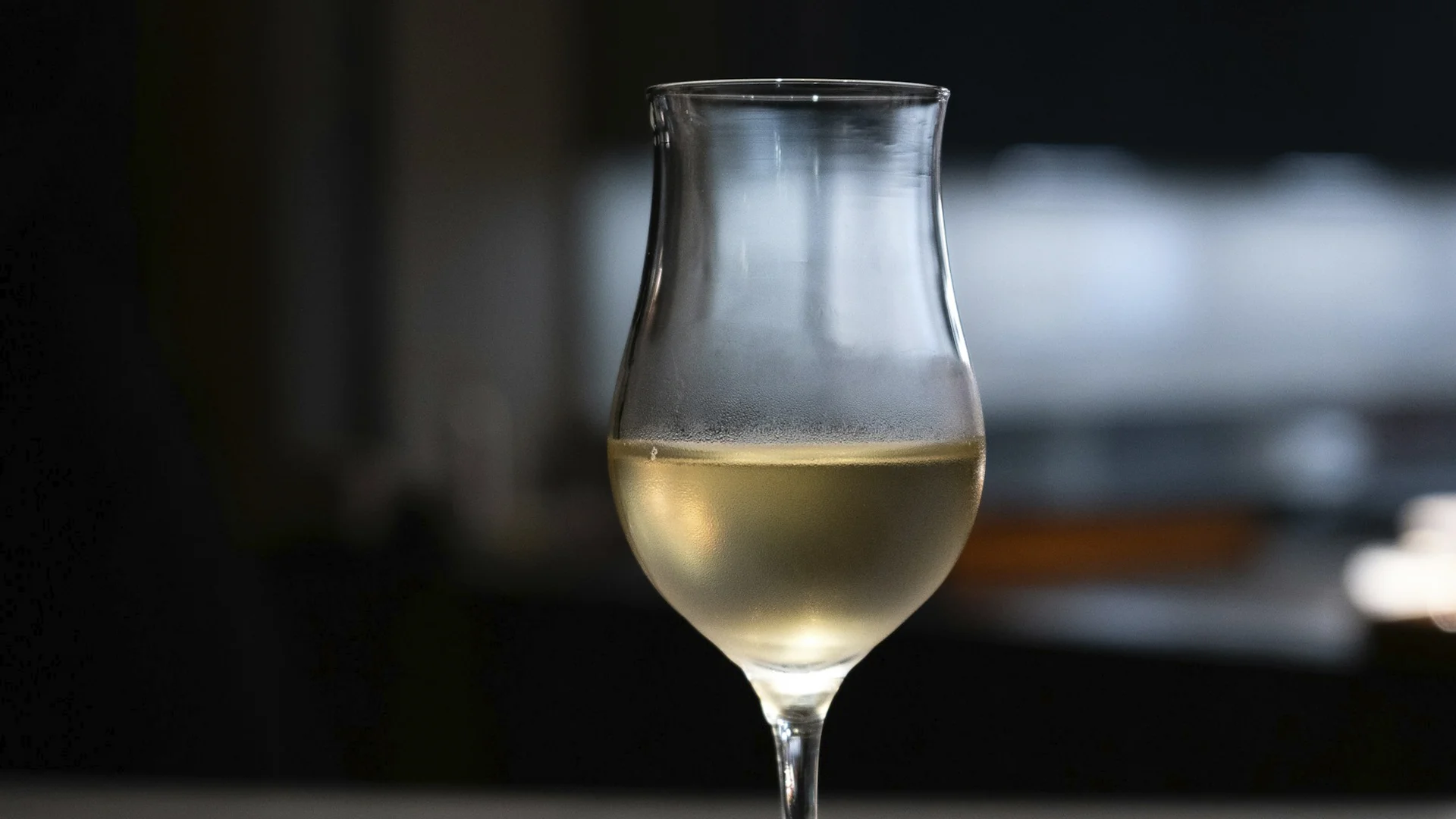


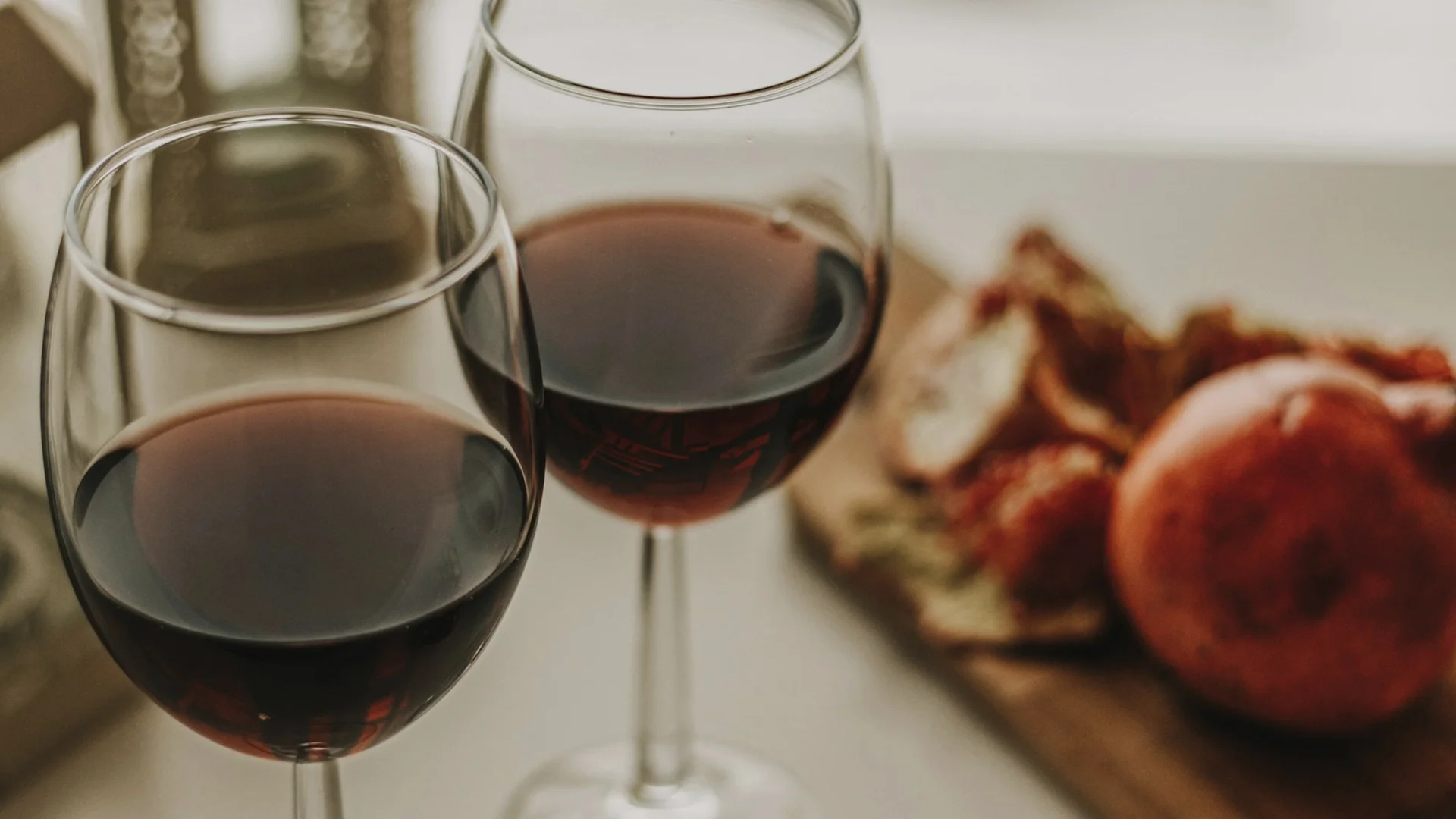


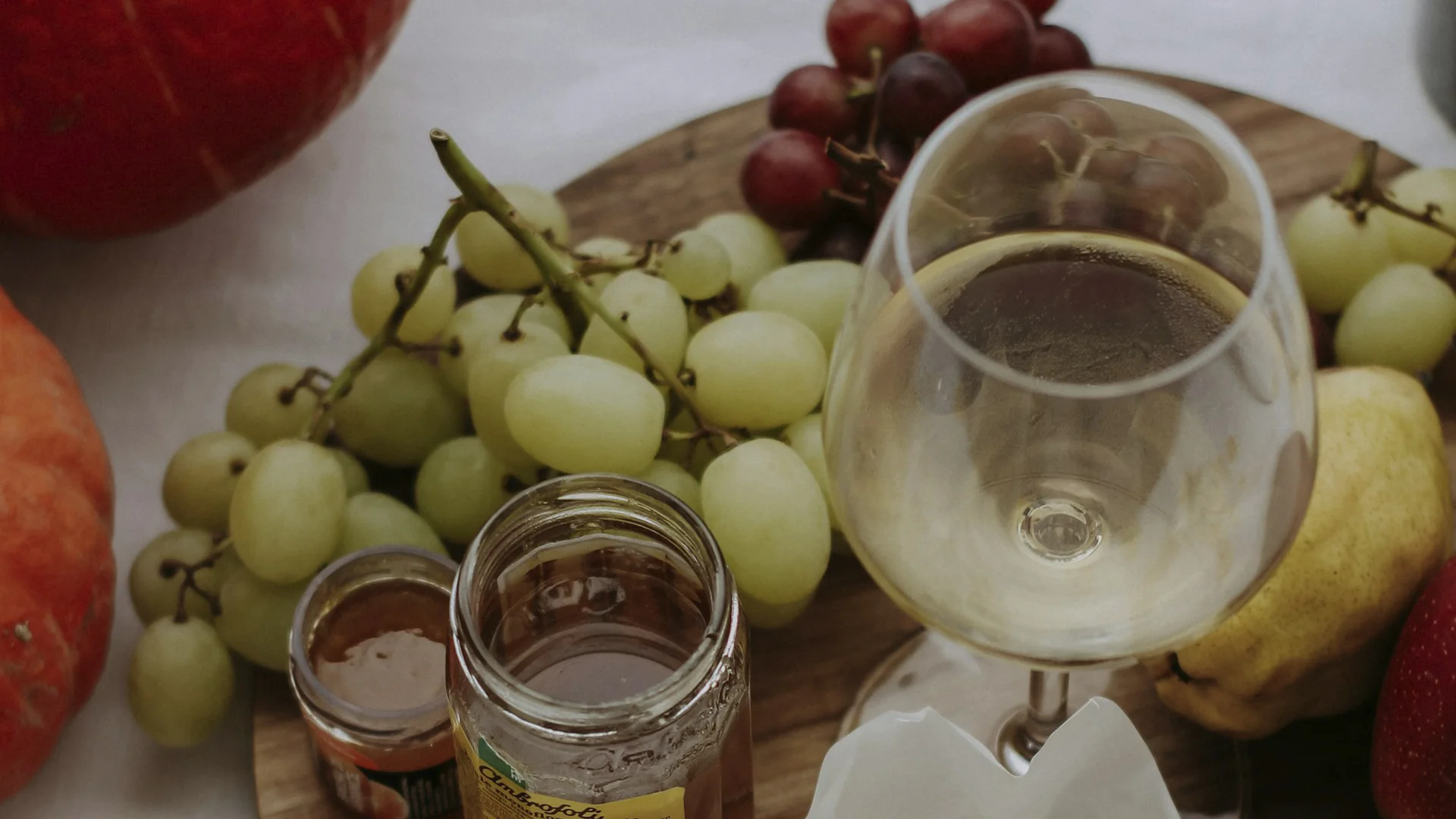



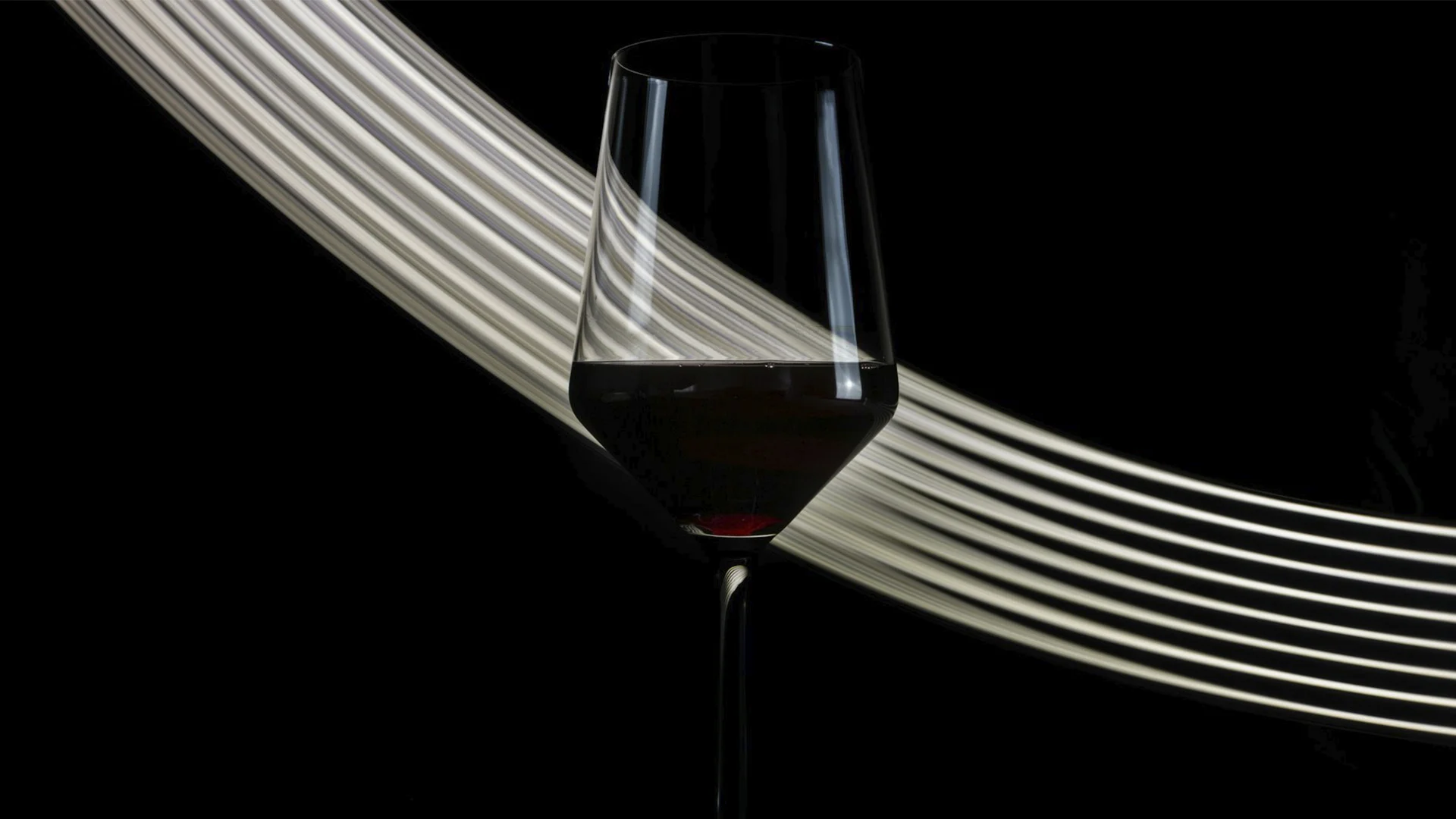





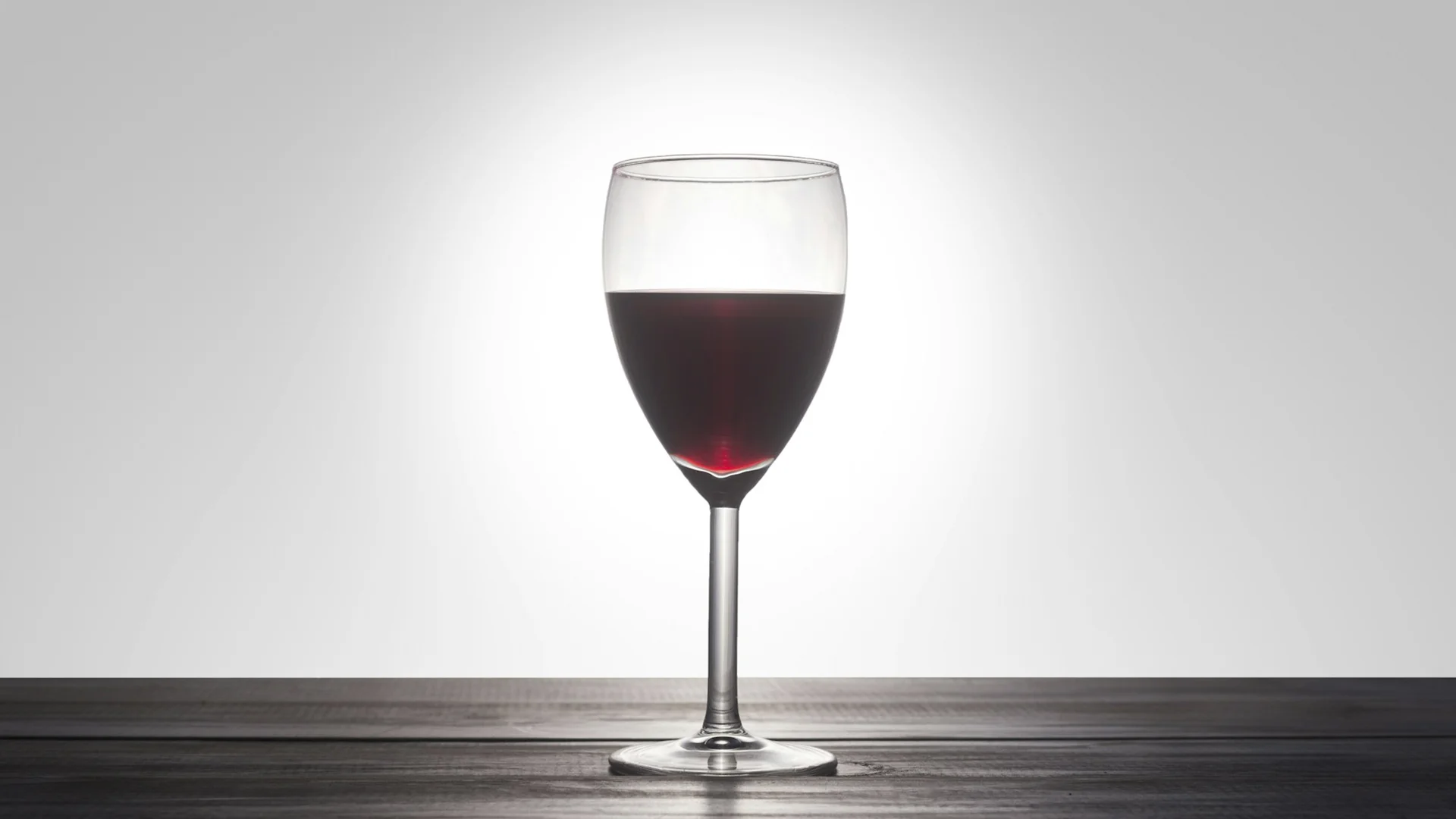


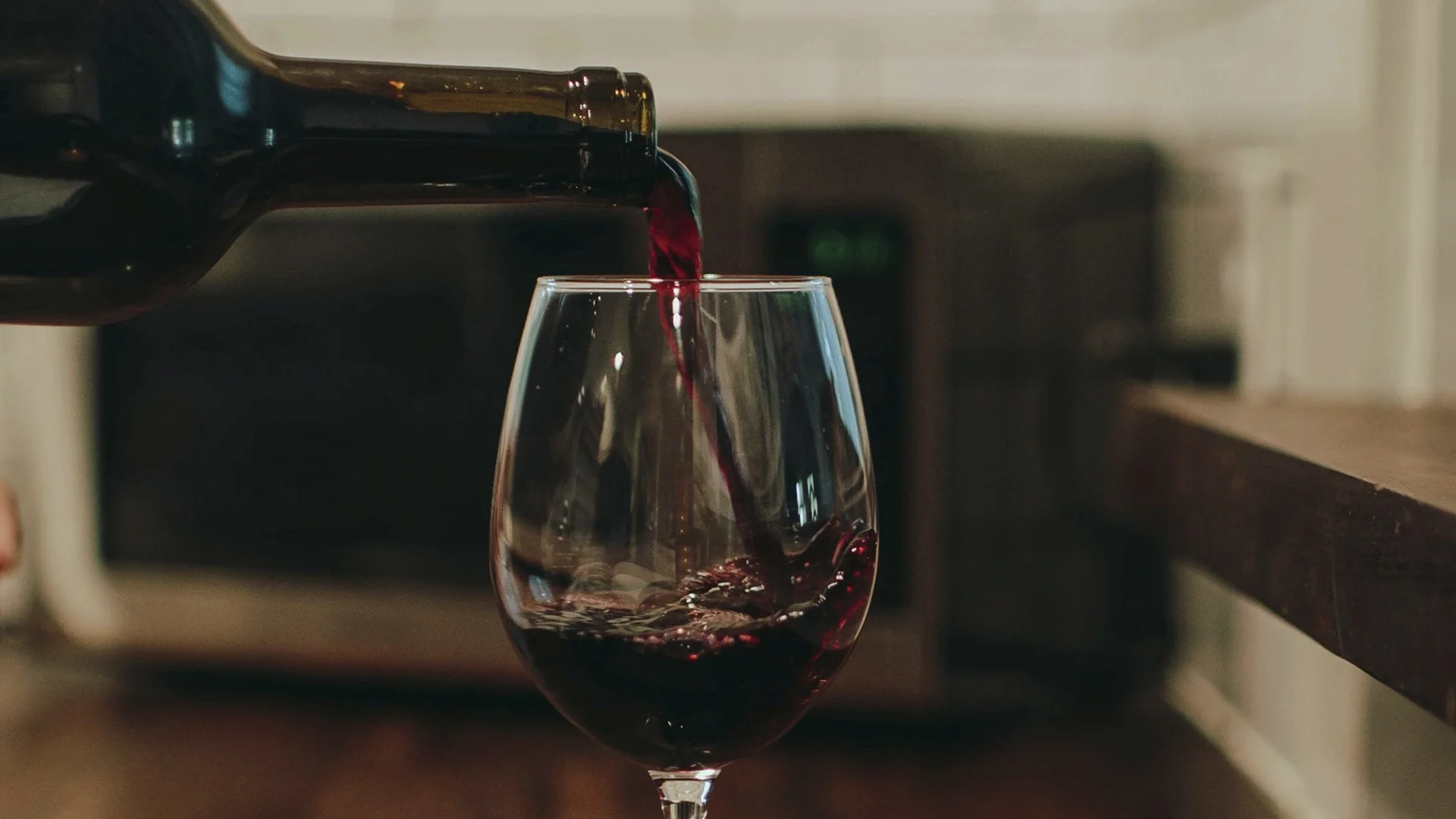


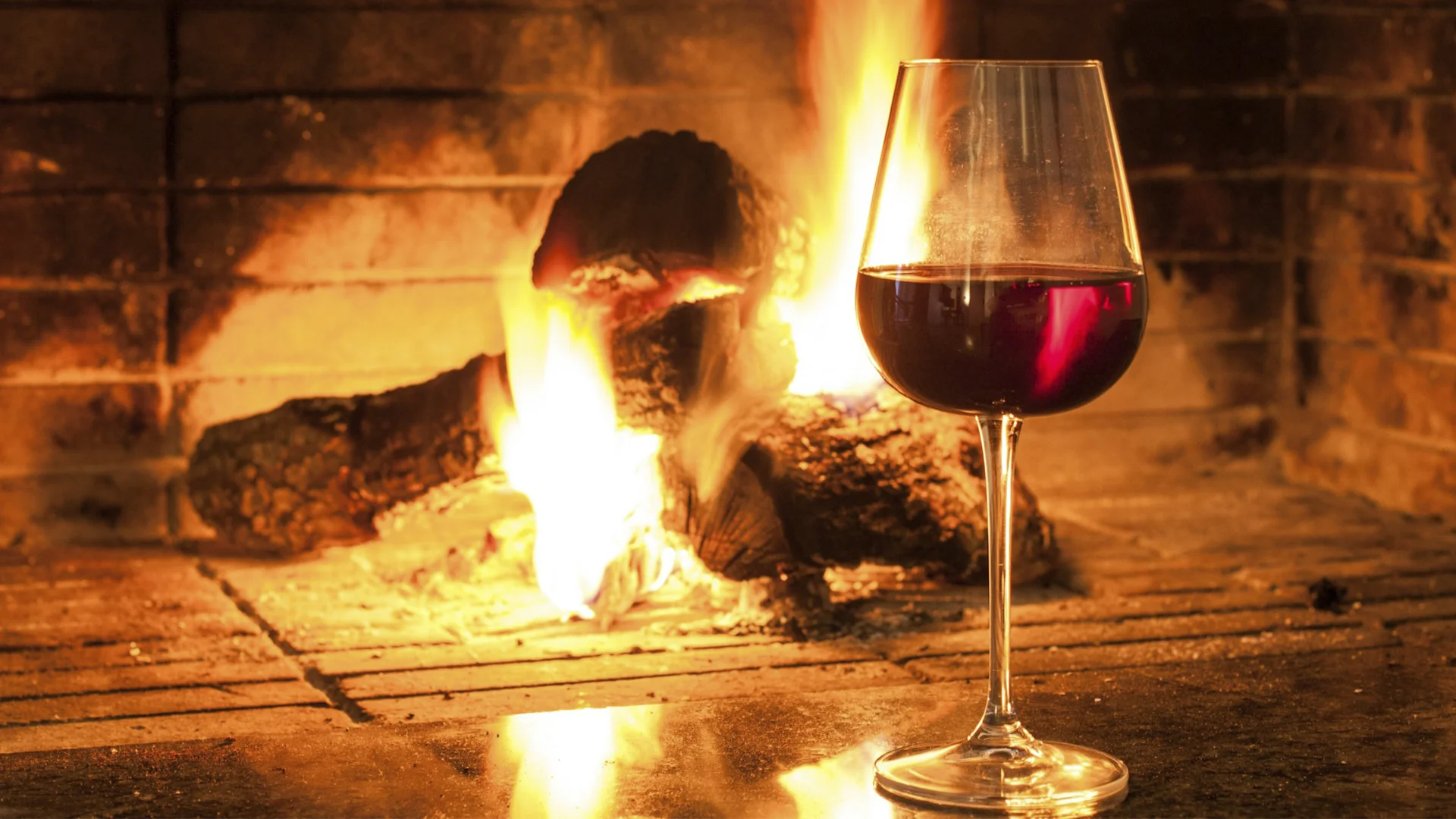



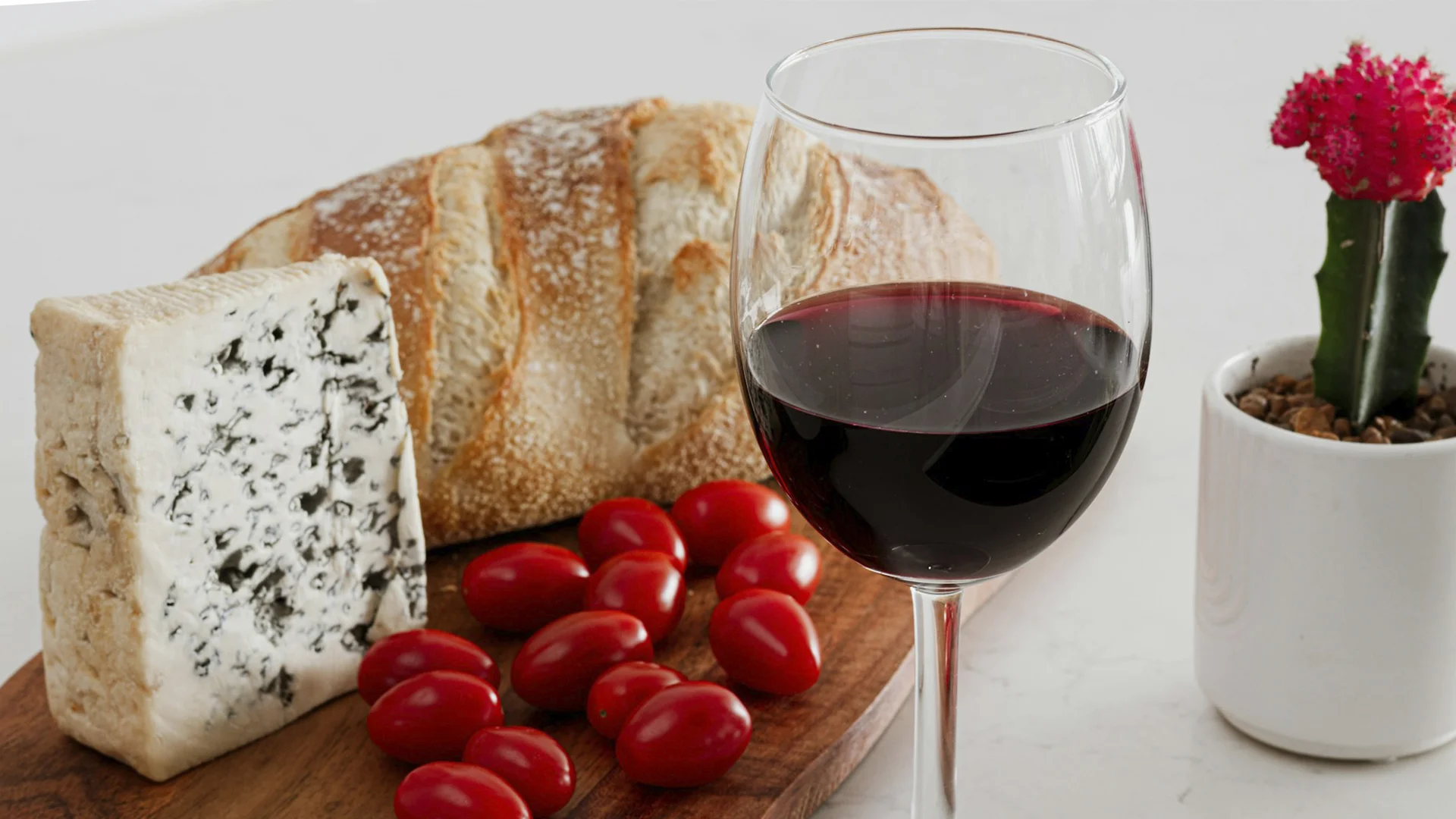

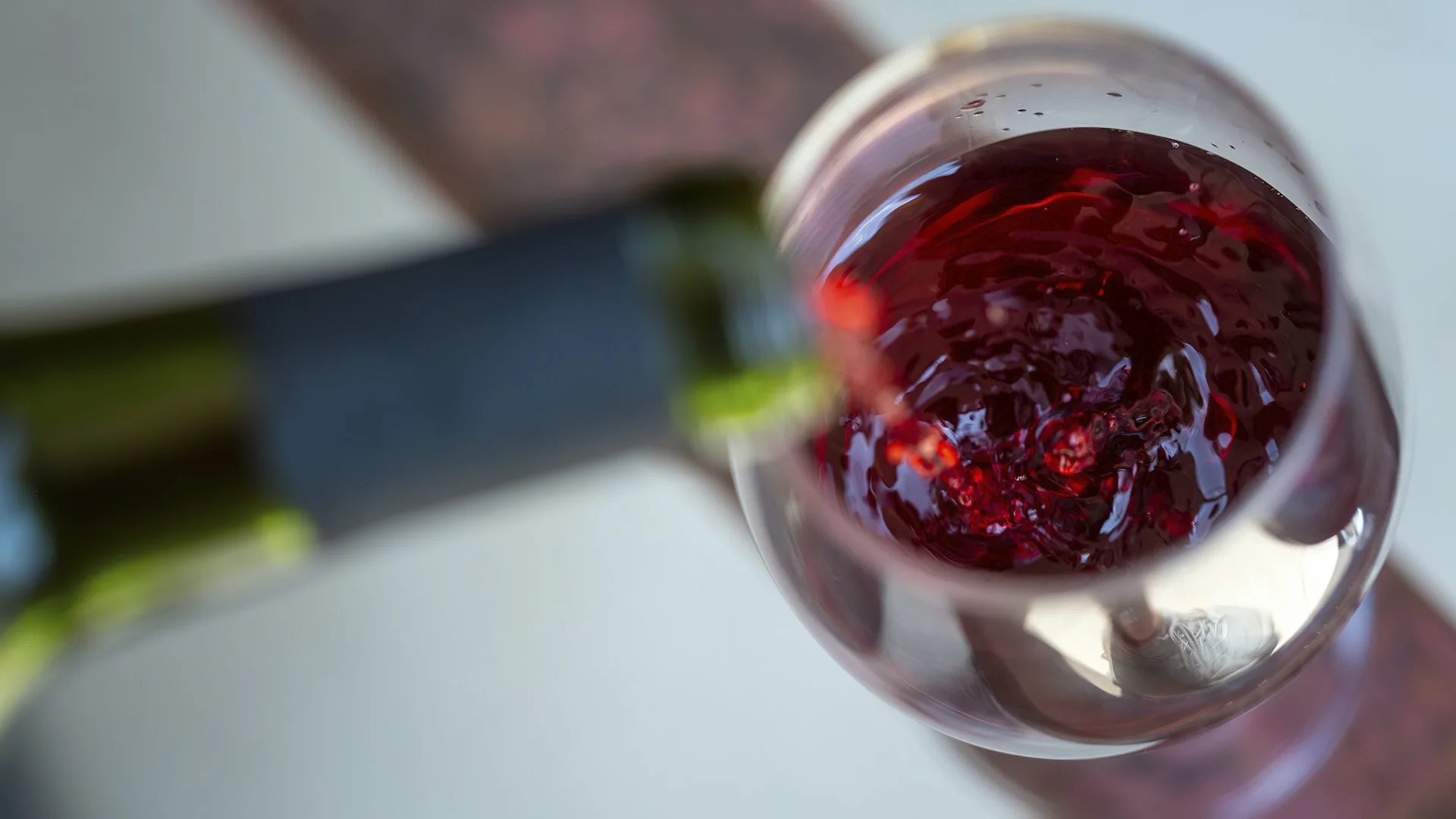


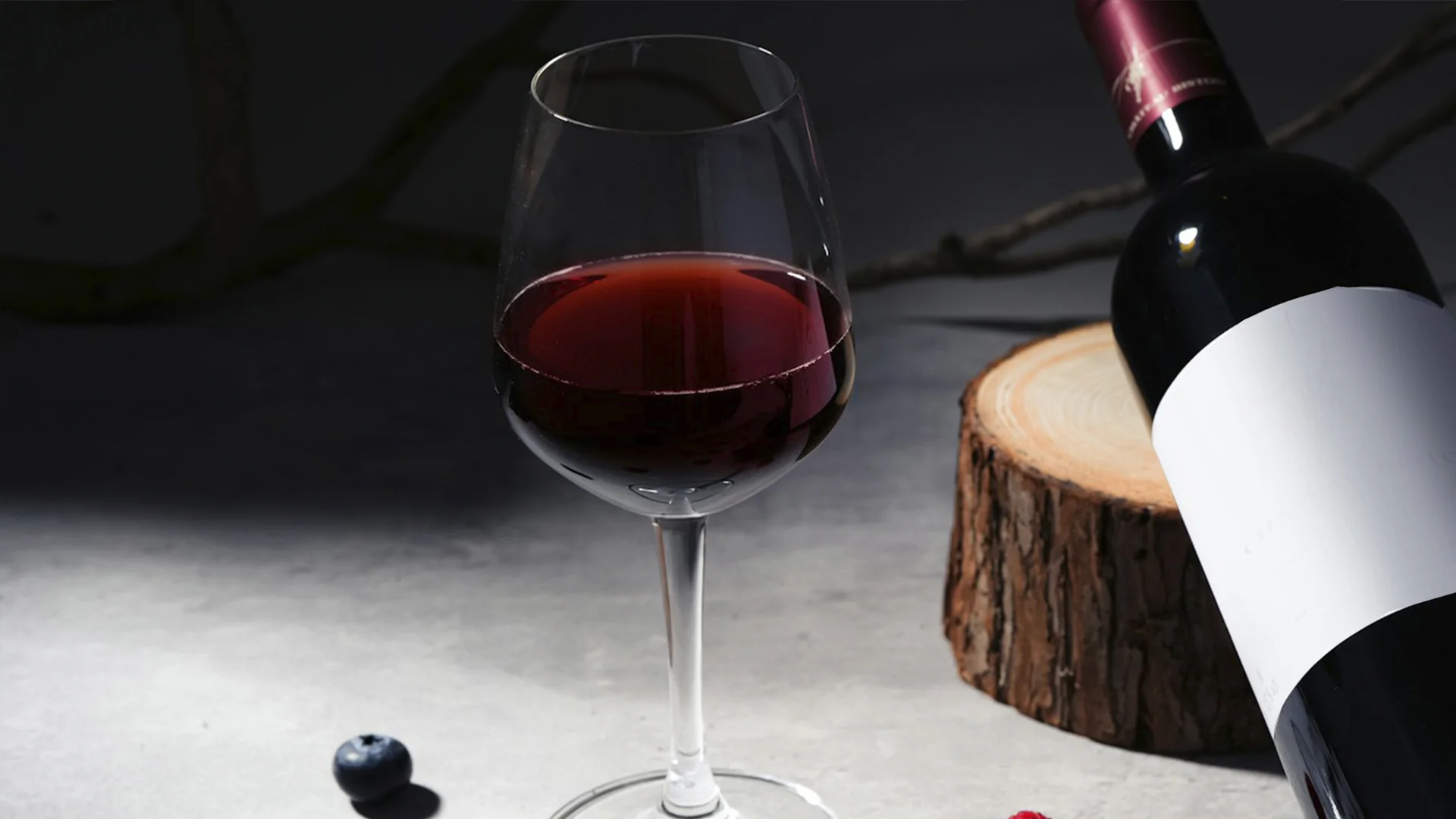

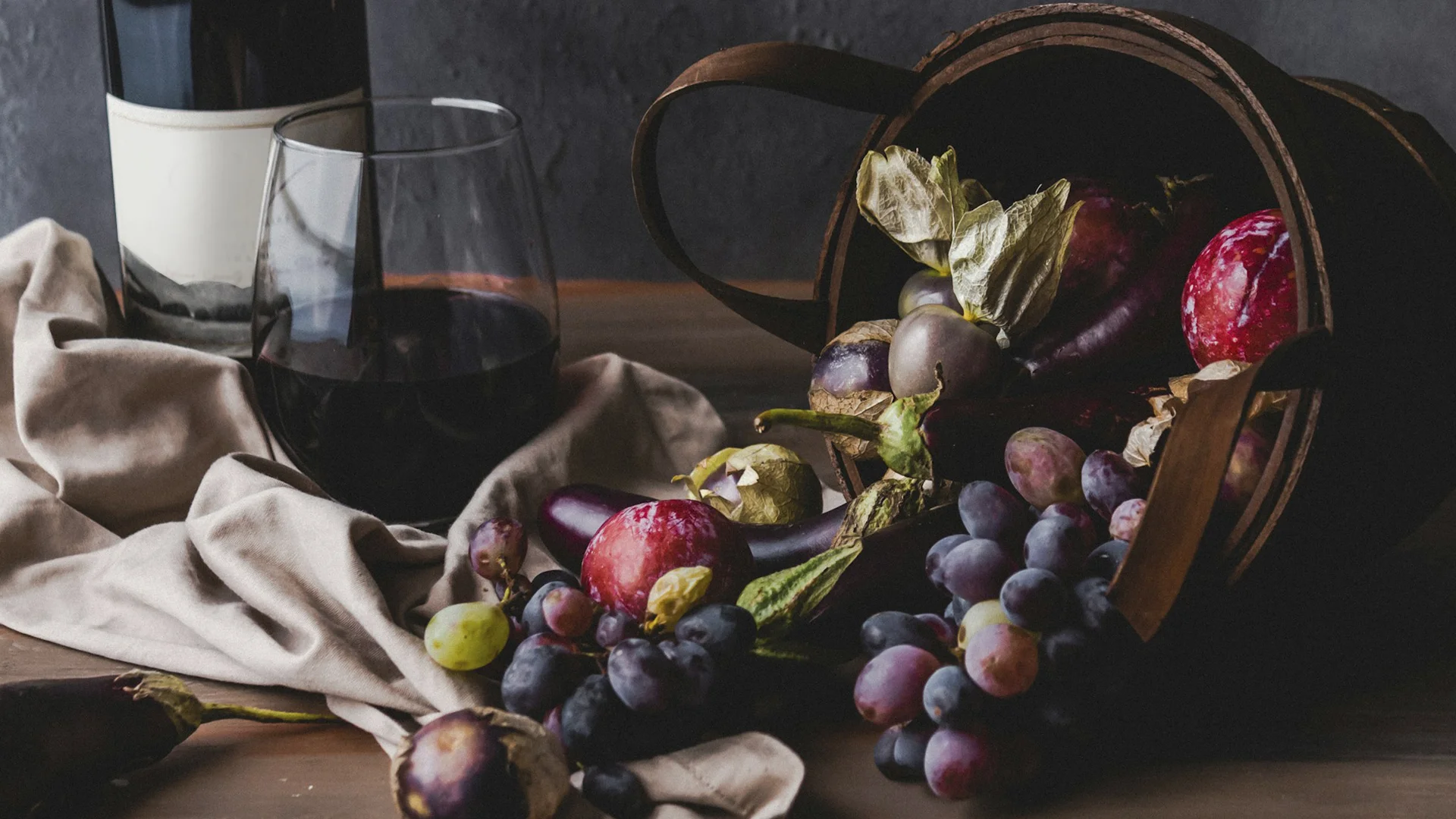
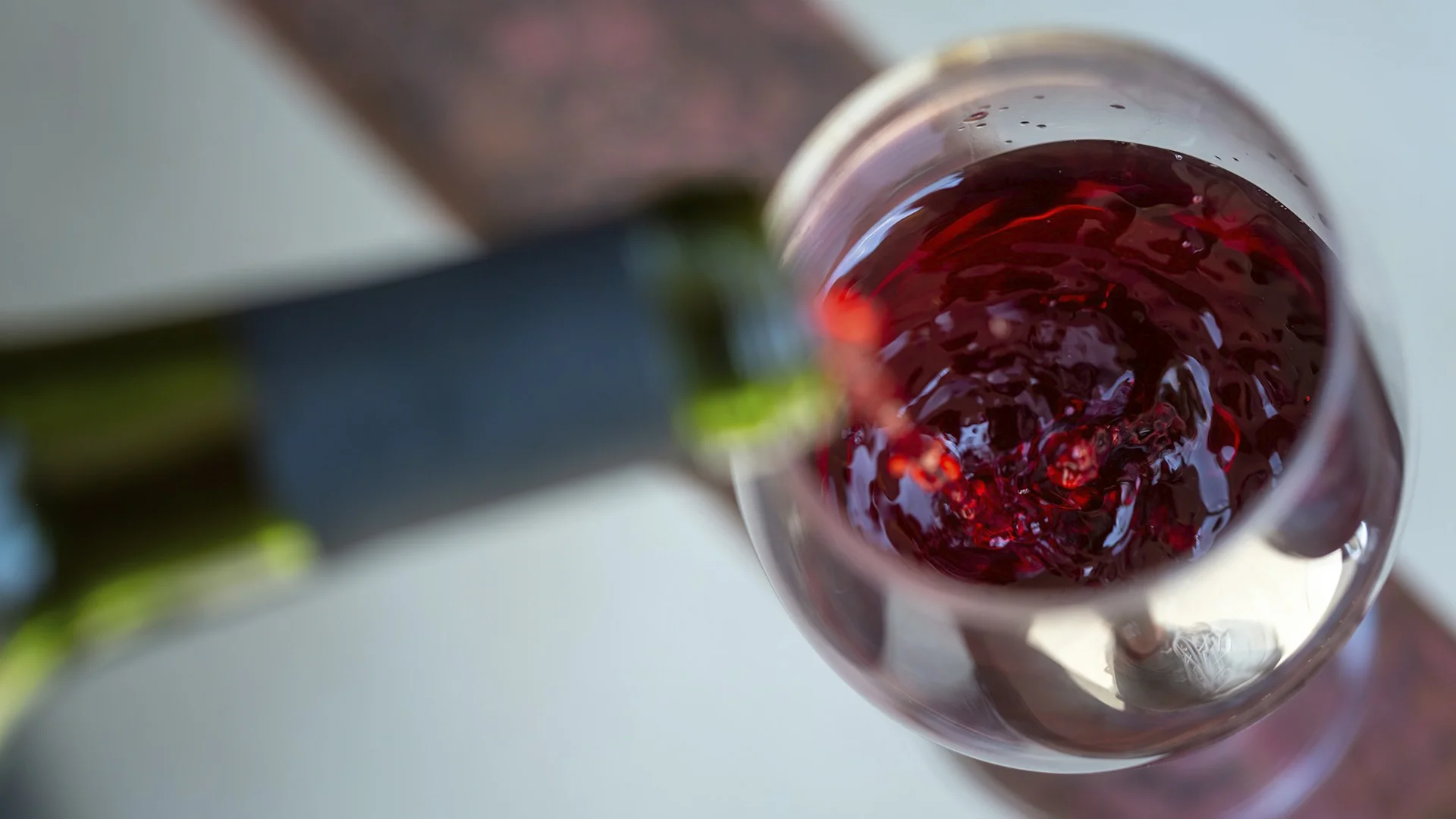







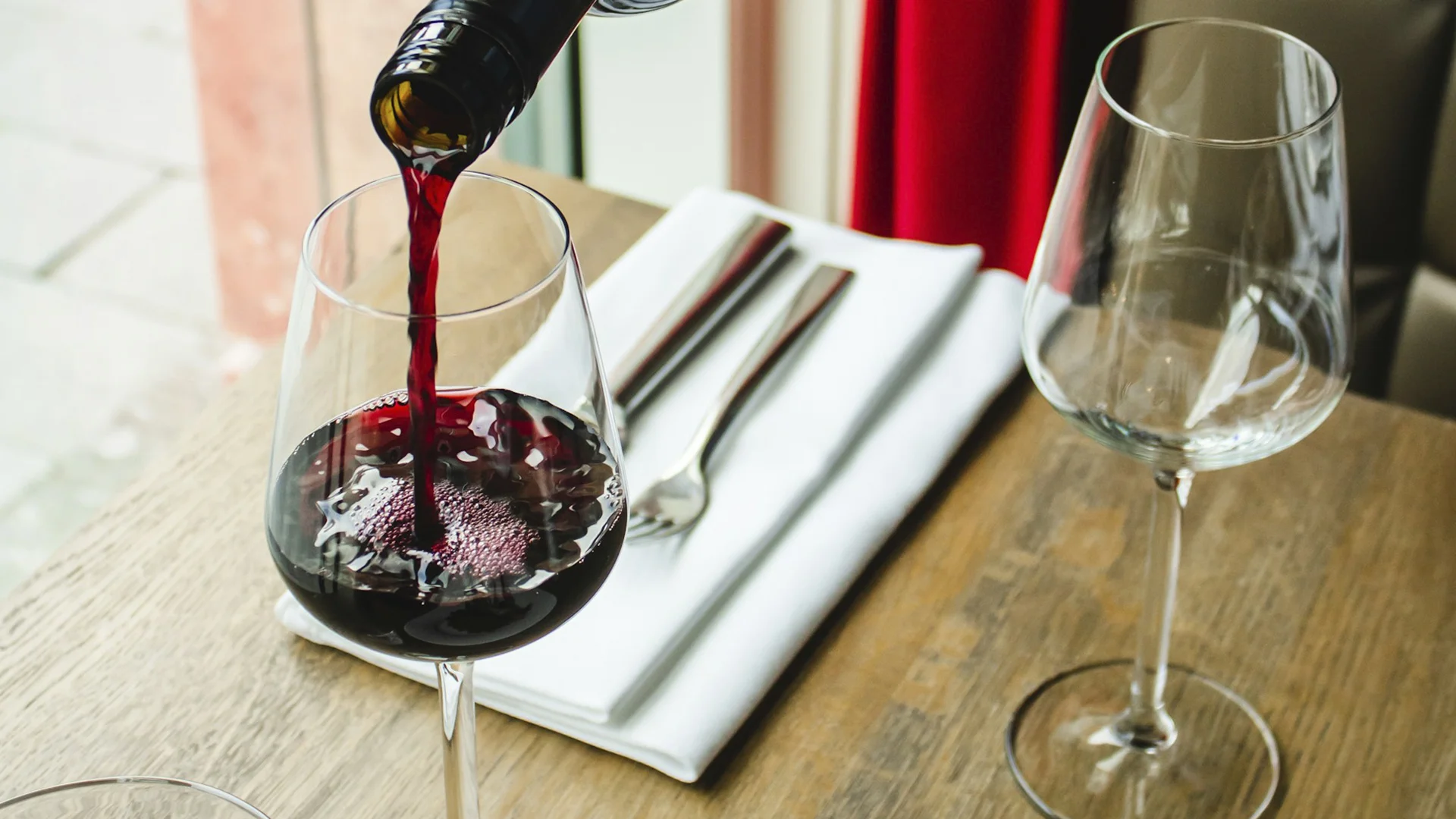












.webp)

.webp)
.webp)
.webp)



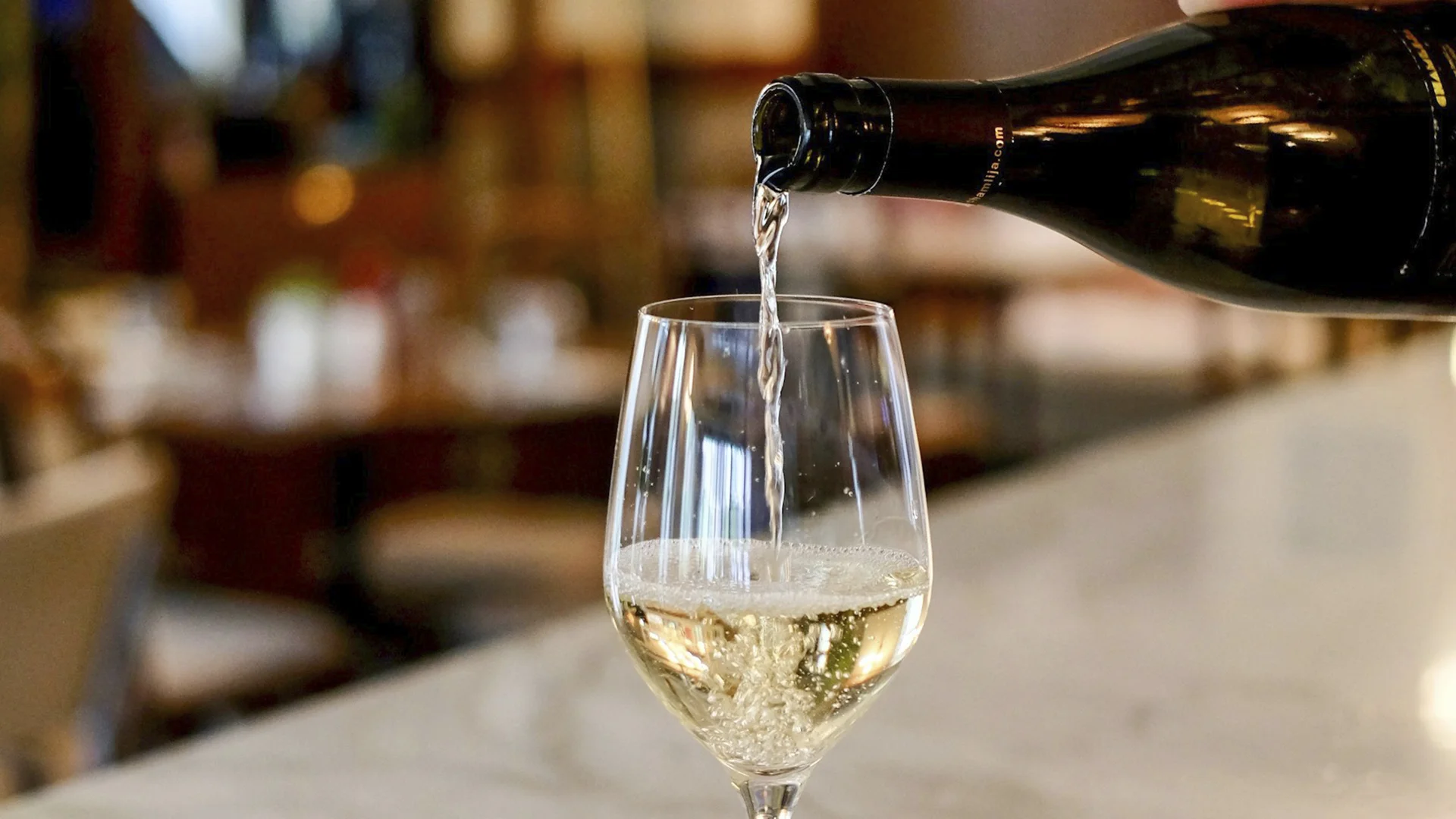


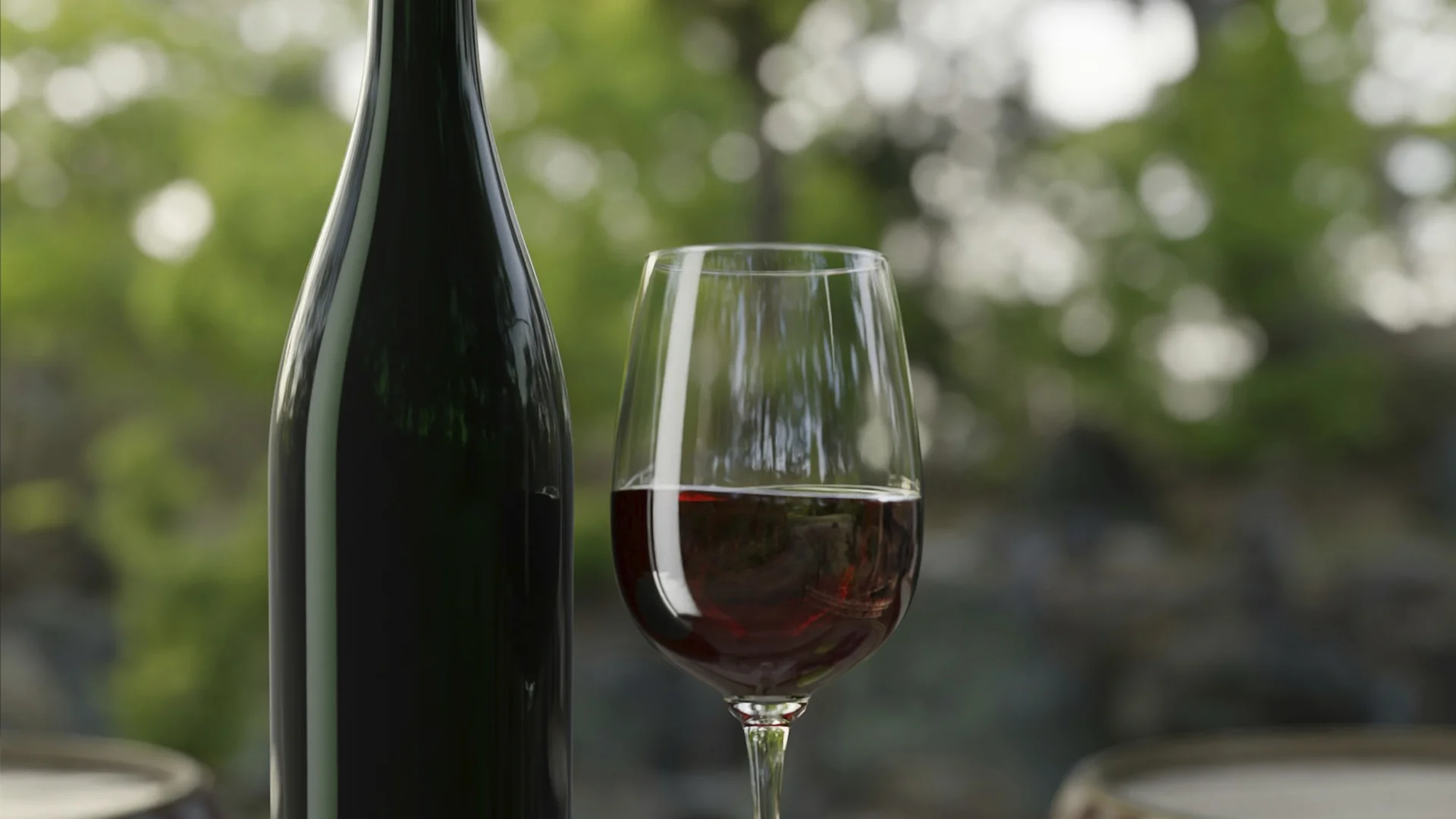



















.webp)













Are you interested in
collaborating with us?